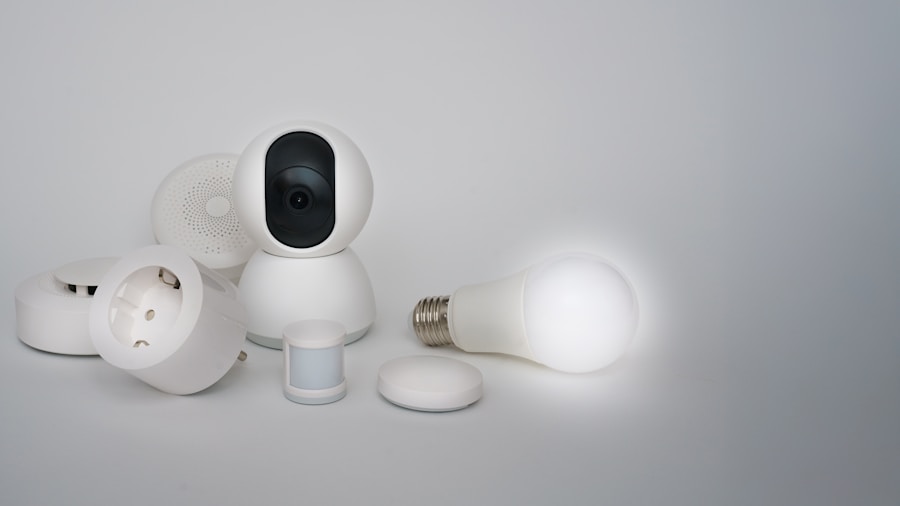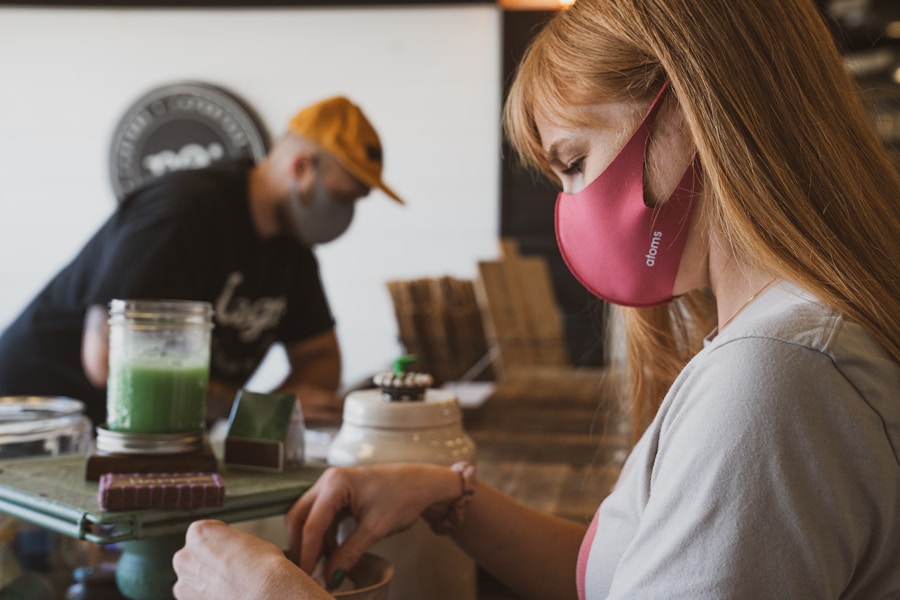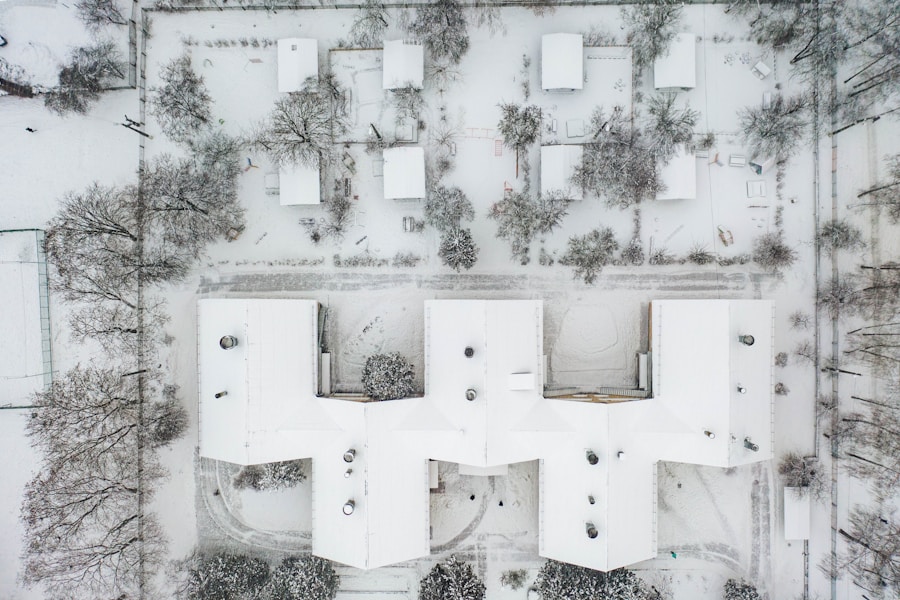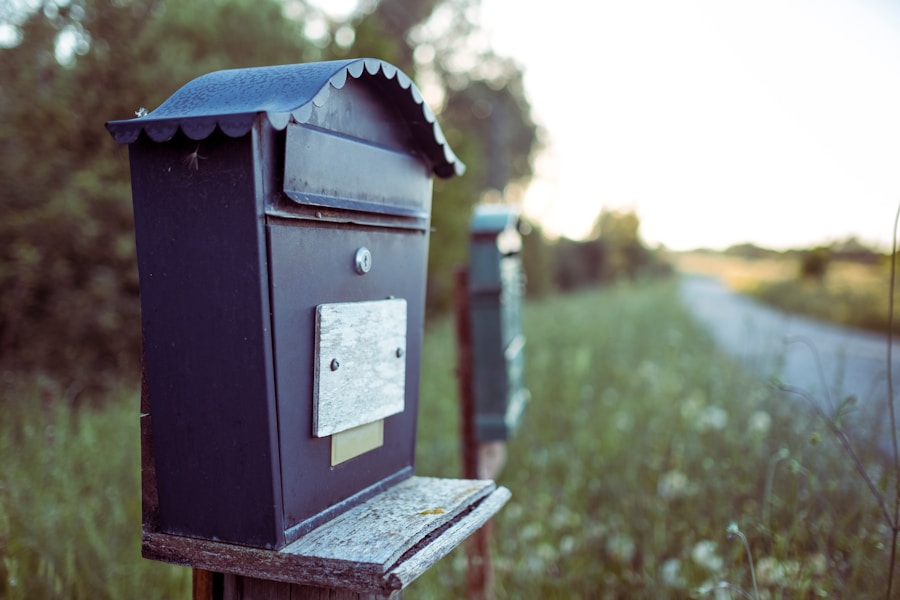From Dusk till Dawn: How Care Homes Mitigate Night-Time Mobility Risks for Residents
Night-time mobility for care home residents can pose significant risks to their safety and well-being. Many elderly individuals may experience confusion, disorientation, and impaired vision during the night, which can increase the likelihood of falls and accidents. In addition, the lack of supervision and assistance during the night can lead to residents attempting to move […]
From Dusk till Dawn: How Care Homes Mitigate Night-Time Mobility Risks for Residents Read More »









